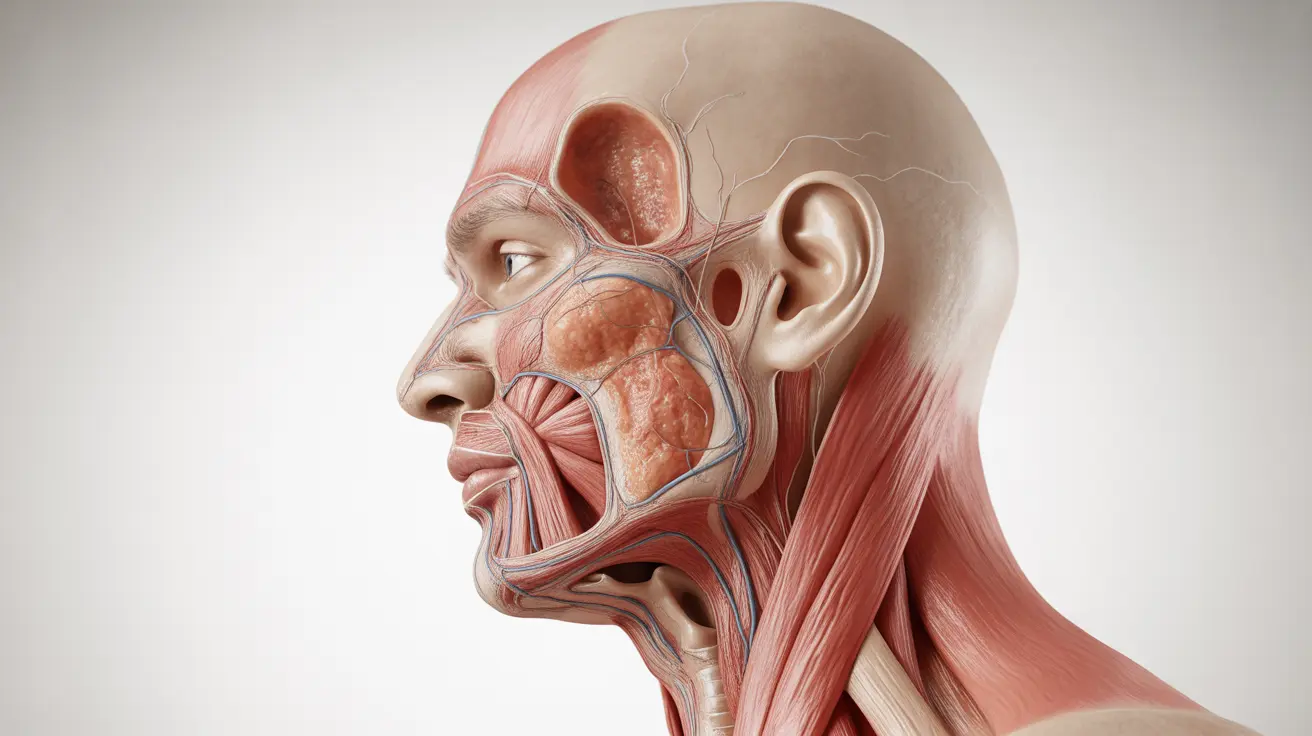Pannus formation is a serious complication of rheumatoid arthritis that can lead to significant joint damage if left untreated. This abnormal tissue growth occurs when the joint's synovial membrane becomes inflamed and overgrows, potentially destroying surrounding cartilage and bone. Understanding pannus and its implications is crucial for anyone affected by rheumatoid arthritis.
In this comprehensive guide, we'll explore what causes pannus to develop, how to recognize its presence, and the various treatment options available to manage this condition effectively.
What Is Pannus and How Does It Form?
Pannus develops when the immune system's inflammatory response in rheumatoid arthritis triggers excessive growth of the synovial membrane. This specialized tissue normally produces fluid that lubricates the joints, but in rheumatoid arthritis, it becomes invasive and destructive.
The formation process involves several key factors:
- Chronic inflammation of the synovial membrane
- Abnormal cell growth and proliferation
- Development of new blood vessels
- Production of tissue-destroying enzymes
Recognizing the Signs of Pannus
Early detection of pannus is essential for preventing extensive joint damage. Common indicators include:
- Increased joint pain and stiffness
- Progressive loss of joint mobility
- Visible joint swelling
- Warmth around affected joints
- Decreased range of motion
Treatment Approaches for Pannus
Medication Options
Several types of medications can help manage pannus and slow its progression:
- Disease-modifying antirheumatic drugs (DMARDs)
- Biological response modifiers
- Corticosteroids
- Nonsteroidal anti-inflammatory drugs (NSAIDs)
Physical Therapy and Exercise
Regular physical therapy and appropriate exercise can help maintain joint function and mobility when dealing with pannus. These interventions focus on:
- Maintaining joint flexibility
- Strengthening supporting muscles
- Improving overall joint function
- Preventing further joint damage
Surgical Interventions
In severe cases where pannus has caused significant joint damage, surgical options may be necessary. Common procedures include:
- Synovectomy to remove damaged tissue
- Joint replacement surgery
- Joint fusion in extreme cases
Prevention and Management Strategies
While pannus cannot always be prevented, certain strategies can help minimize its impact:
- Early and aggressive treatment of rheumatoid arthritis
- Regular monitoring of disease activity
- Maintaining a healthy lifestyle
- Following prescribed medication regimens
- Regular check-ups with rheumatologists
Frequently Asked Questions
What causes pannus to form in joints affected by rheumatoid arthritis?
Pannus forms when the immune system's inflammatory response in rheumatoid arthritis causes the synovial membrane to become overactive and grow abnormally. This process is driven by chronic inflammation, leading to the development of invasive tissue that can damage joints.What symptoms indicate the presence of pannus in rheumatoid arthritis patients?
Key symptoms include increased joint pain and stiffness, progressive loss of joint mobility, visible swelling, warmth around affected joints, and decreased range of motion. These symptoms often worsen over time if left untreated.How is pannus treated and can it be reversed or prevented?
While pannus cannot be completely reversed, it can be managed through early intervention with medications like DMARDs and biologics, along with physical therapy and lifestyle modifications. Prevention focuses on aggressive early treatment of rheumatoid arthritis.What types of medications are used to manage pannus and reduce joint damage?
The main medications used include disease-modifying antirheumatic drugs (DMARDs), biological response modifiers, corticosteroids, and NSAIDs. These medications work to reduce inflammation and slow or stop joint damage.When might surgery be necessary to treat pannus in rheumatoid arthritis?
Surgery becomes necessary when pannus has caused severe joint damage that cannot be managed with medications alone. This may include situations where there is significant loss of joint function, persistent pain, or joint deformity.




